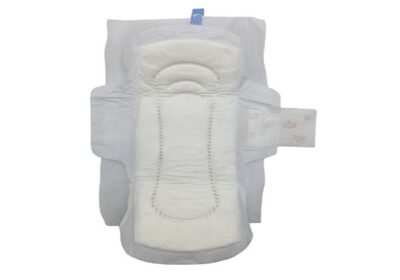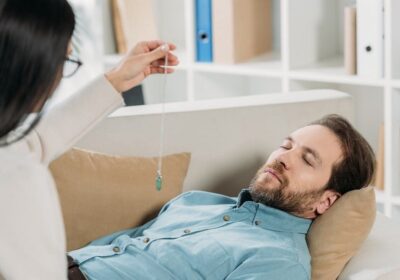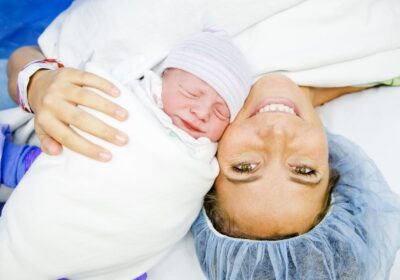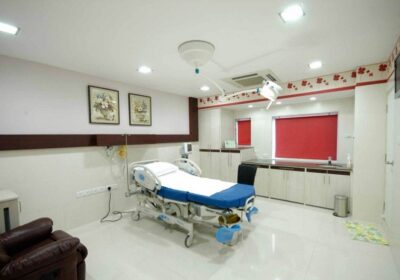
What are the critical details you need to know about the joint and bone pain in kids?
There is no doubt in this point that pain in joints is a very commonly reported issue by children, but having a clear idea about the root cause associated with it is important so that children never suffer from serious conditions in silence. Children usually complain of joint pains very often, but this is because they are physically active, and the majority of the pain in such cases is not at all serious because it is a part of growing bone health. However, it sometimes if the pains are continuous and repetitive or have been considered present with other symptoms, then it could be a sign of a serious underlying condition that you need to take seriously with the consultation of a pediatric orthopedic doctor.
The pain and joints in kids can usually be due to simple or serious conditions, and some of them conditions are:
- Growing pain: This is the most common cause of joint pain in children, and as the name will be suggesting, these are the pains which are part of the growth, and since children are specifically between the ages of 3-10 years are very active, this is a very common scenario. All of these pain points will be present in the evening and night, and usually will be gone by morning. Most commonly, it will affect the legs of the children, and in some cases, it could be very intense and will wake the kids from sleep.
- Infections: Infection can also be considered as a very common cause of joint and bone pain in kids, and usually this will be resulting from a viral illness like flu, common cold and other viral infections like chikungunya or dengue. So being very much clear about joint pains in such cases is important because usually they are famous by the name of viral arthritis, which is transient as well as mild. Usually, this stiffness in such cases will go going in a couple of weeks and generally will be dissolving on its own
- Injuries: Injuries are a very frequent cause of joint pain in kids, and acute injuries like sprain, strain, or fracture usually result from a direct blow, a certain twist or immediate pain, swelling, with limited movement in the affected joint. To treat this particular condition, it is important for you to go for stretching with the expert consultation so that there is no chance of any kind of problem, and things are sorted out.
- Hyper mobility syndrome: Some of the children will have hypermobile joints, and these are the joints that will be moving beyond the normal range of motion. Children in all such cases will be facing the joint pain problem after the physical activities because the joints will be prone to stretching beyond the normal range and will be further stressed. So, for such cases, getting in touch with the best paediatric orthopaedic doctor near me will be recommended for parents so that they can resolve the issue very easily.
- Juvenile idiopathic arthritis and autoimmune diseases: As soon as the individuals are concerned about the arthritis associated with old age but unfortunately, children at a young age can also be affected by such issues. This is one of the most common diseases that will affect the joints of kids and will be a common cause of joint pain. This is basically an autoimmune condition that can affect the joints in any part of the body, and usually this is a long-lasting condition that will require a specific plan of treatment by the paediatric rheumatologist.
- Haematological problems: Some of the children will also be developing the problem of joint pain and swelling immediately after the trauma or injury because of the underlying bleeding disorder. In such cases, the scenario of night cry and night pain will be very common, and further, you need to take such aspects very seriously with the help of doctors.
The following are the most common situations which the parents should take very seriously, and in such cases, getting in touch with the doctors will be recommended as soon as possible:
- If there is swelling of joints
- If the kids are facing the problem of early morning stiffness and joint stiffness, or the pain is getting intense even after rest.
- If the kids are facing the problem of changes in GAIT or limping because it could be very much problematic to be managed later on if not paid attention to.
- If the moment of the kids has been restricted or they have been facing the problem of fever or rashes consistently.
- If the kids are facing the problem of loss of appetite, weight loss or persistent joint pain
So, in all the above-mentioned cases, identification of the cause of joint pain is the very first step to be taken into consideration so that treatment can proceed. In such cases, going for the detailed physical examination, history, and medical testing will be very important, so that scans and blood testing will be carried out very well throughout the process. After the initial examination, the general paediatrician will be referring the child to the super specialist, depending on the present condition, and for such cases, the joint condition has to be addressed by the paediatric rheumatologist or immunologist, depending on the condition. So, getting in touch with the doctors at the best rheumatology hospital for the child will be very important for you, so that conditions like arthritis and joint pain can be very well sorted out. Treatment for the joint pain will be different from simple medication to long-term treatment options, depending on the presenting condition, and such cases are no doubt common in kids, but will further lead to serious issues if not paid attention to. So, the parents should not at all focus on ignoring these subtle signs because not paying attention to them could lead to serious underlying conditions in the long run. Hence, having a clear idea about consulting the paediatrician and paediatric rheumatologist in such cases will be very important so that early diagnosis and treatment can be carried out without any problem. This will allow the kids to remain free of unwanted disabilities, deformities and complications very successfully in the long run.


















